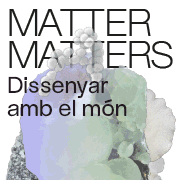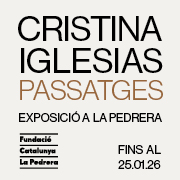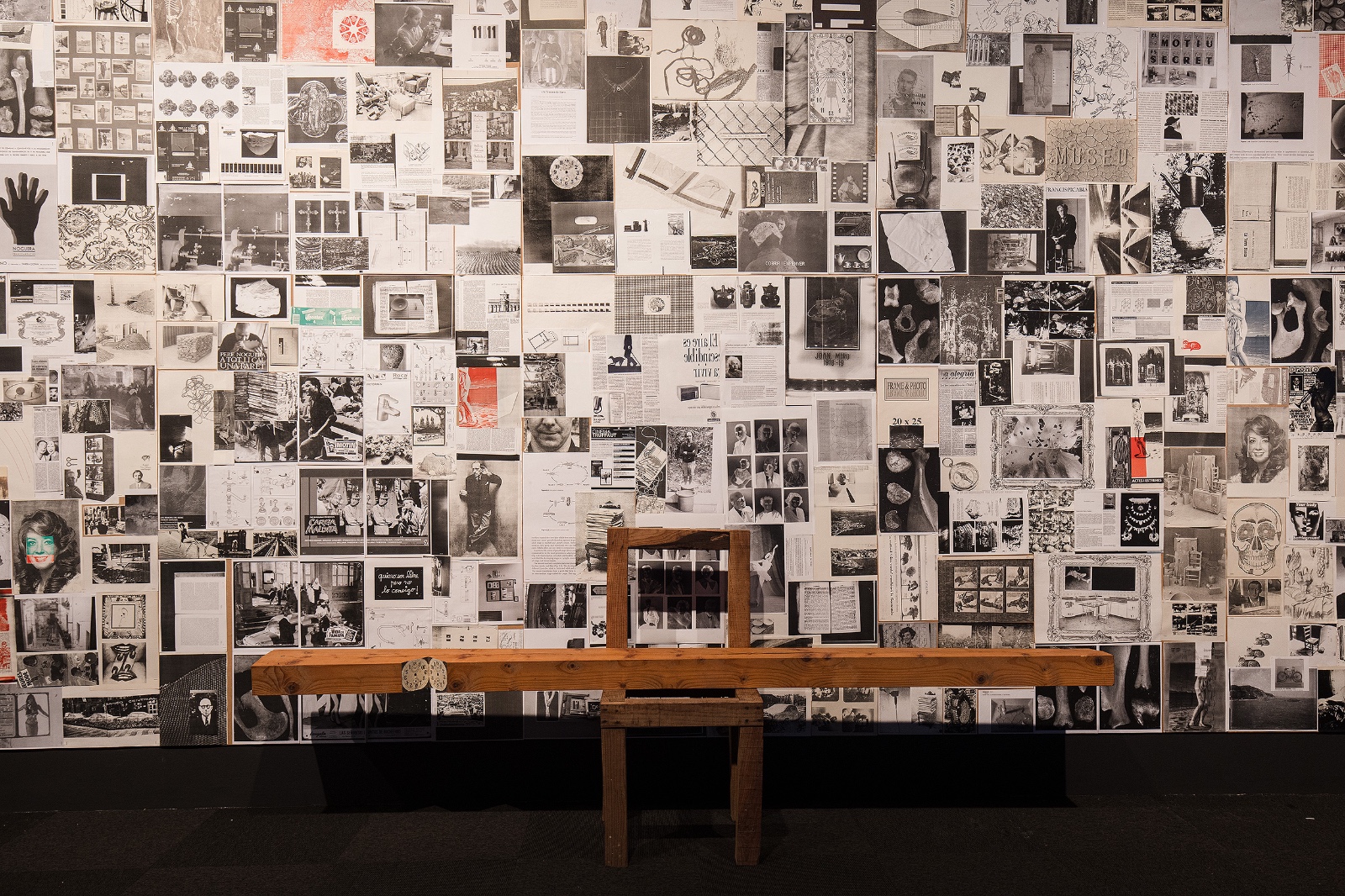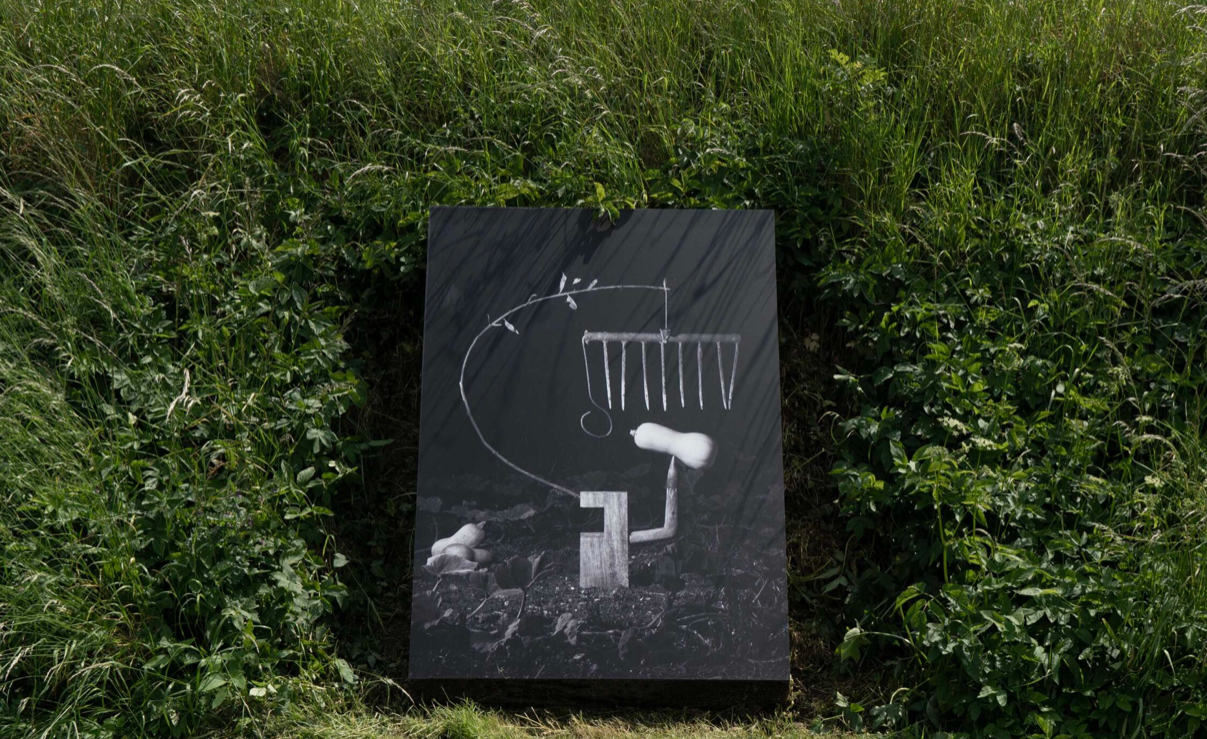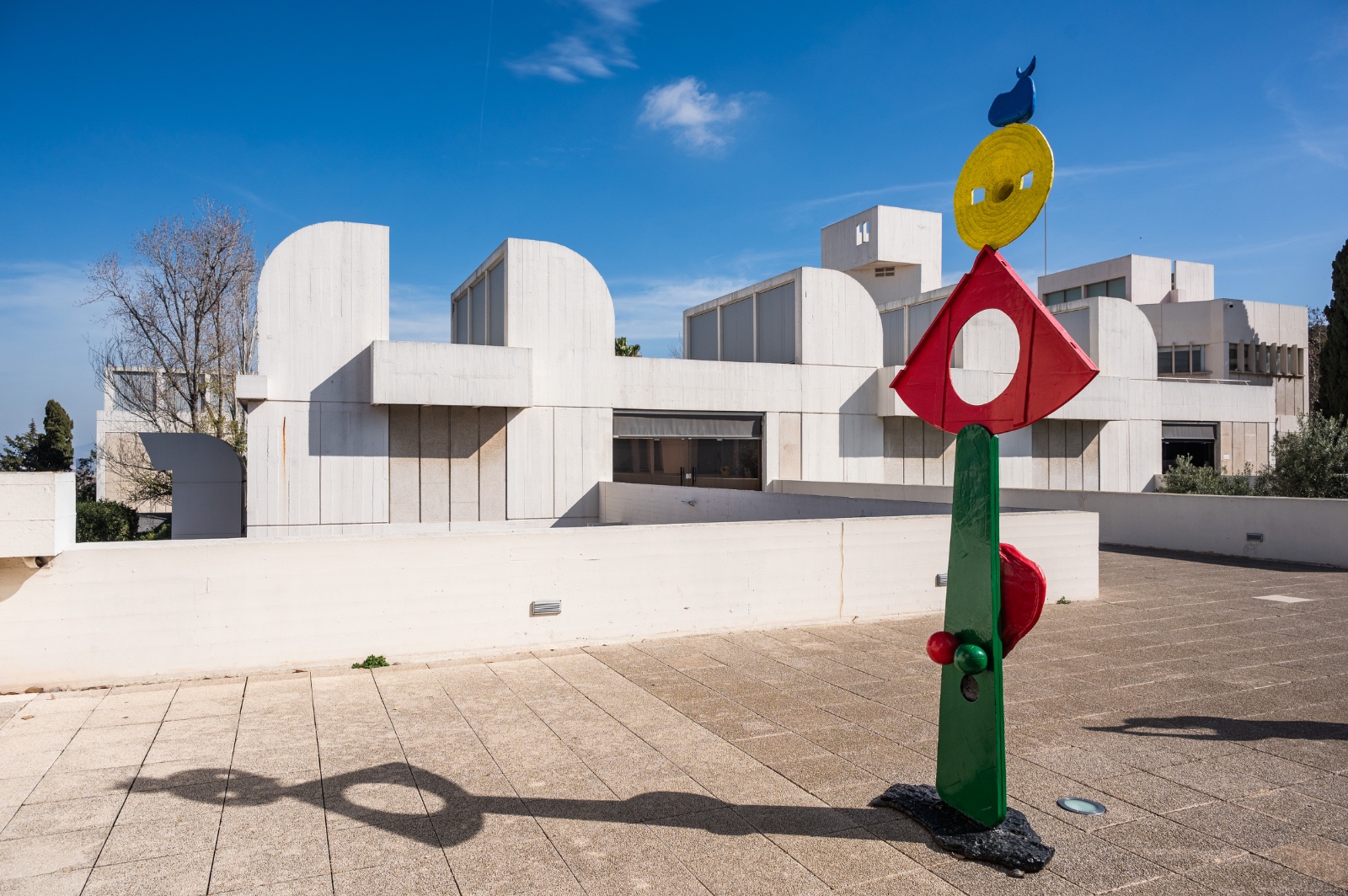Exhibitions
The surrealism of Óscar Domínguez arrives at the Picasso Museum
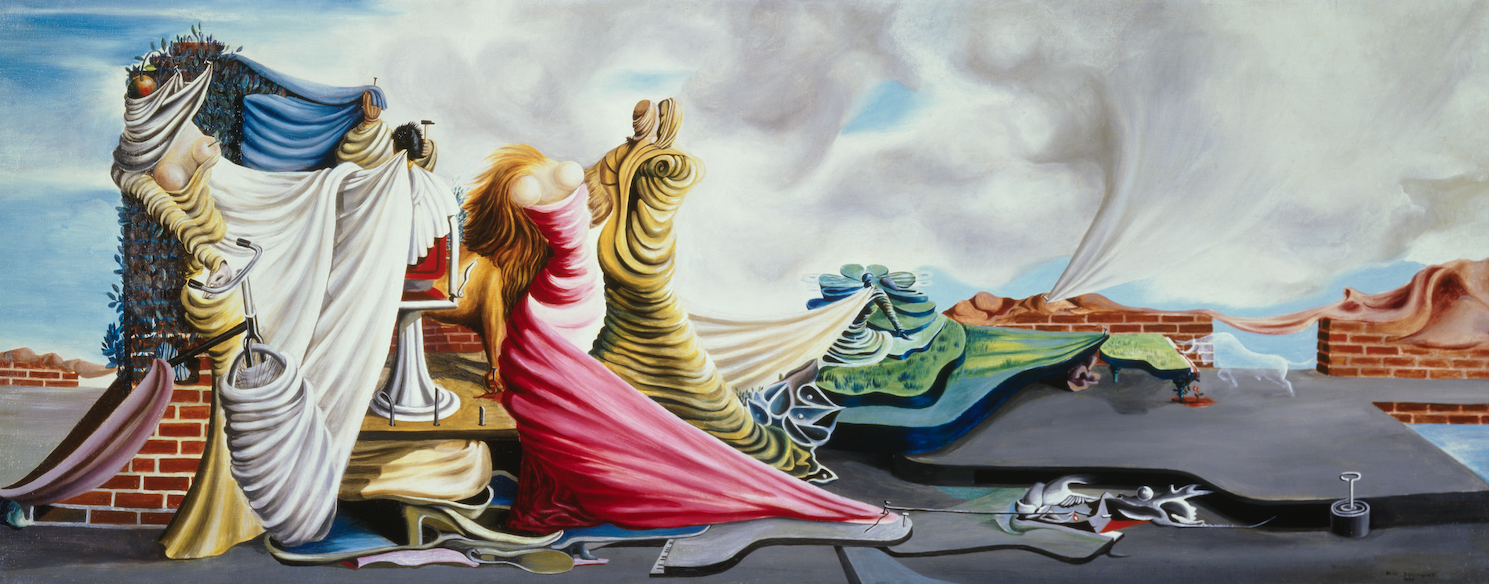
Journey through more than one hundred works by the Canarian artist at the Picasso Museum in Malaga. A spectacular retrospective of a central figure of Spanish surrealism alongside iconic figures such as Salvador Dalí, Remedios Varo, and Esteban Francés. Paintings, drawings, and objects are the focus of this Tenerife native's attention, with a 1933 self-portrait, a premonition of his tragic end, standing out.
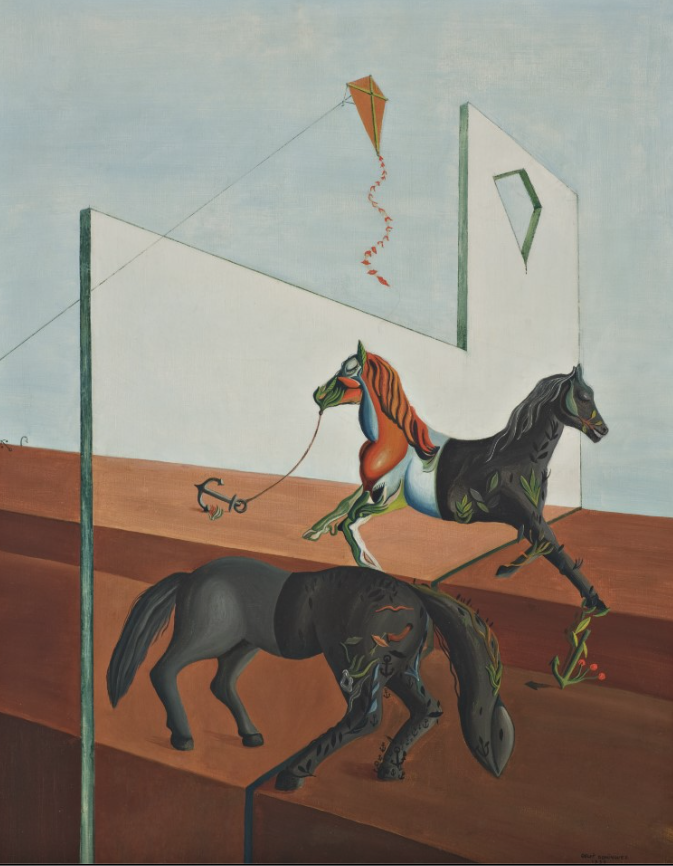
Óscar Domínguez, Le dimanche o rut marin, 1935, © TEA Tenerife
Óscar Domínguez was a longtime admirer and friend of Pablo Picasso, and his work creates a dialogue with the Malaga-born genius at the Buenavista Palace in an exhibition—the most comprehensive in three decades—that can be enjoyed until October 30, 2025. Curated by Isidro Hernández Gutiérrez, curator of the TEA of Tenerife.
His work is informed by an iconography linked to his youth in northern Tenerife, where he developed an irrational and overabundant conception of the enigmatic processes of metamorphosis that would accompany his work throughout his career.
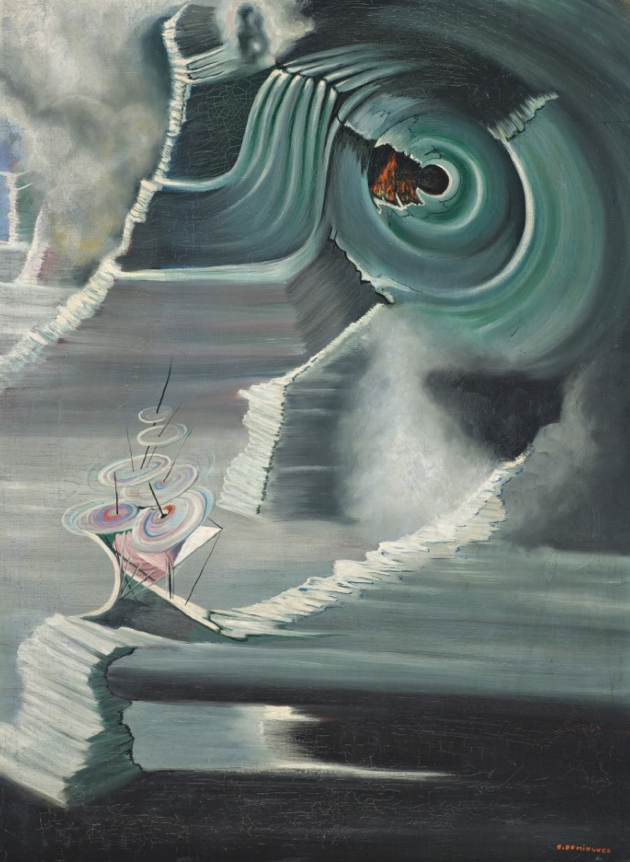
Oscar Dominguez, The Flying Saucers, 1939, © TEA Tenerife
This is a must-see during the summer, offering a chance to rediscover the work of Domínguez and Picasso, explore his innovative technique, and understand the central role he played in Spanish surrealism. Concepts such as love, freedom, play, revolution, and dreams regularly appear in his works. Paris changed the life of the Canarian artist, and his relationship with André Breton and Salvador Dalí led him to experience Parisian life and connect with surrealism.
“Dominguez was described as a big kid, full of excesses and with a great passion for color,” explains Isidro Hernández. His impulsive, bold, and restless nature led him to develop his own artistic processes, such as decalcomania, a fruit of his interest in play: a painting technique that involves applying images, for example in black gouache, to paper, which is then placed on top of another sheet of paper, gently pressing it down; the images are then peeled off before they dry.
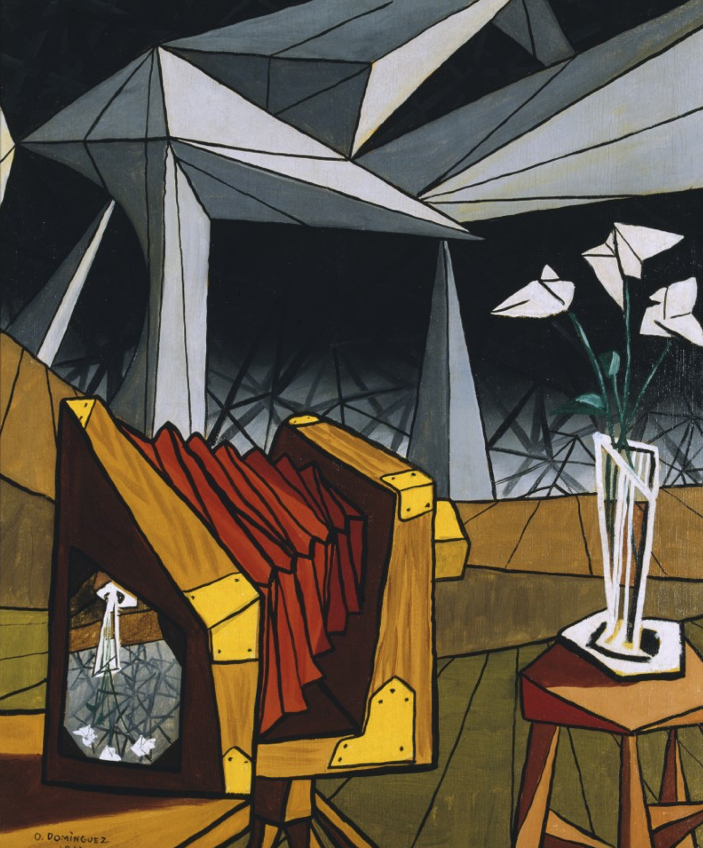
Oscar Dominguez, The Camera Obscura, 1943, © TEA Tenerife
The alchemist of island surrealism offers a dreamlike machine capable of shattering immediate reality through deviant and challenging metaphors. It was in the context of the Nazi occupation that he forged a closer relationship with Picasso, calling him "the most sensational man of the era." They shared not only the language but also a vision of art as a tool of resistance and transformation. Domínguez learned from Picasso's formal and symbolic freedom, while Picasso valued Picasso's empathy and volcanic, dreamlike energy.
In the 1950s, Óscar Domínguez was marked by profound personal and physical instability; despite this, his creations continued, acquiring a more corporeal, introspective, and symbolic dimension. His work continued its dialogue with surrealism, but now with a fully individual voice, stripped of artifice. Domínguez died on December 31, 1957, in Paris.


